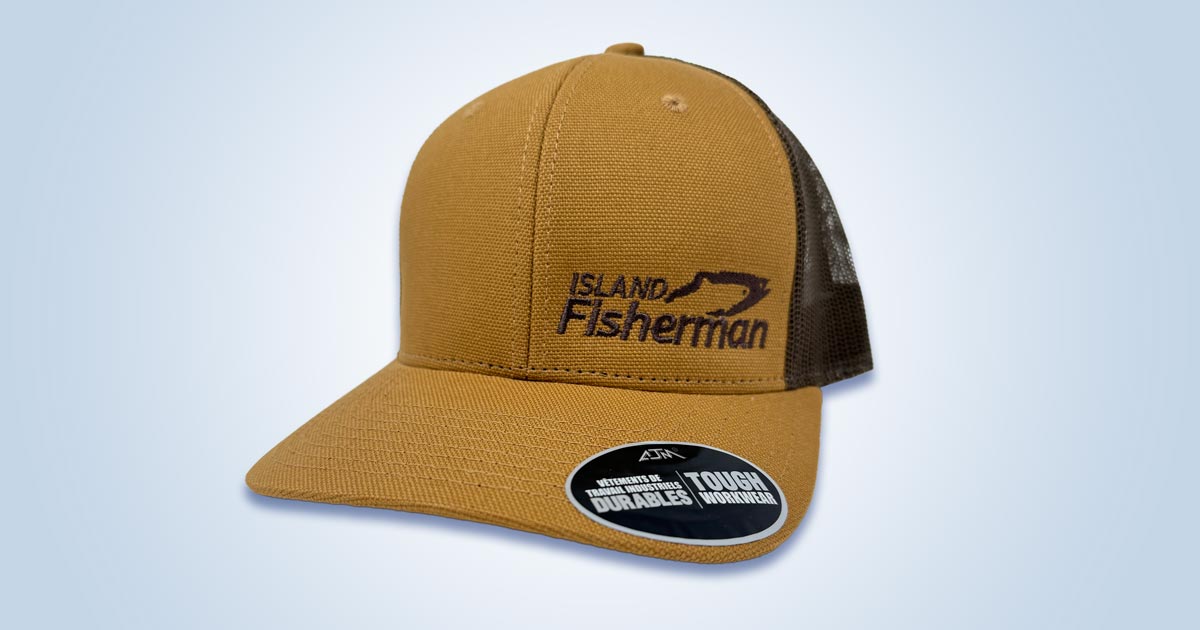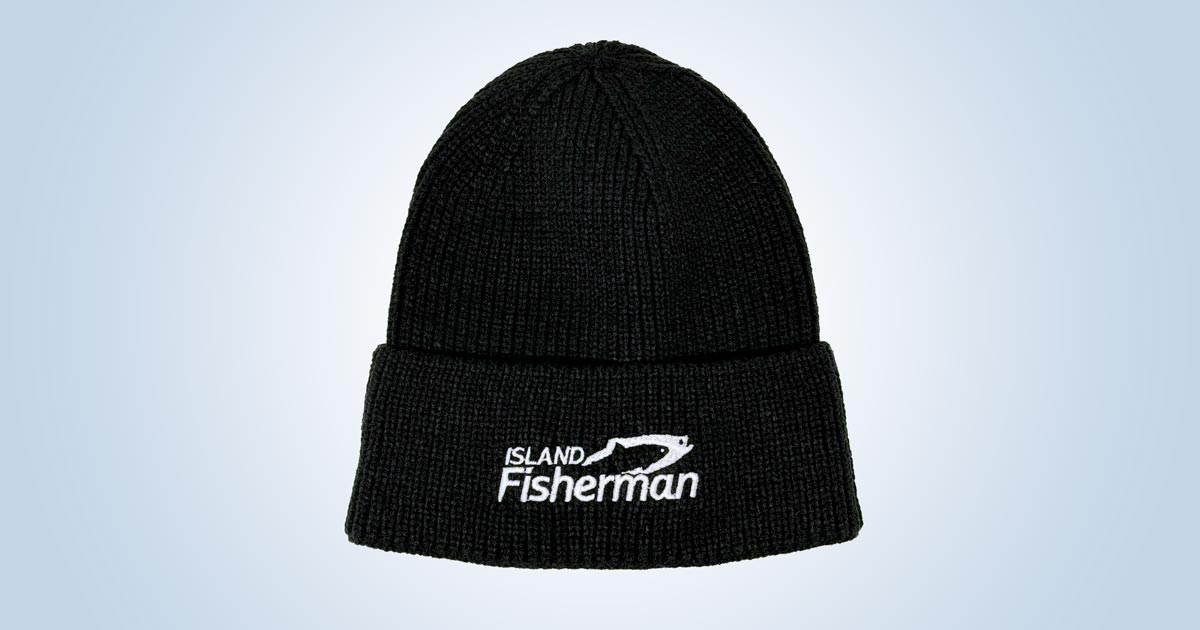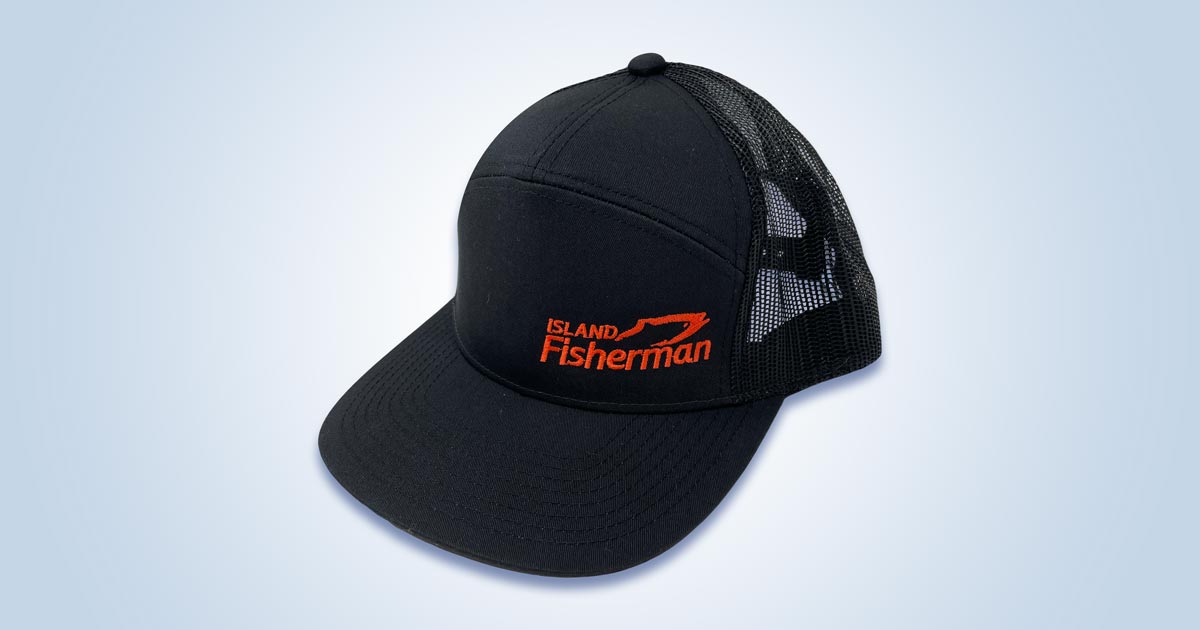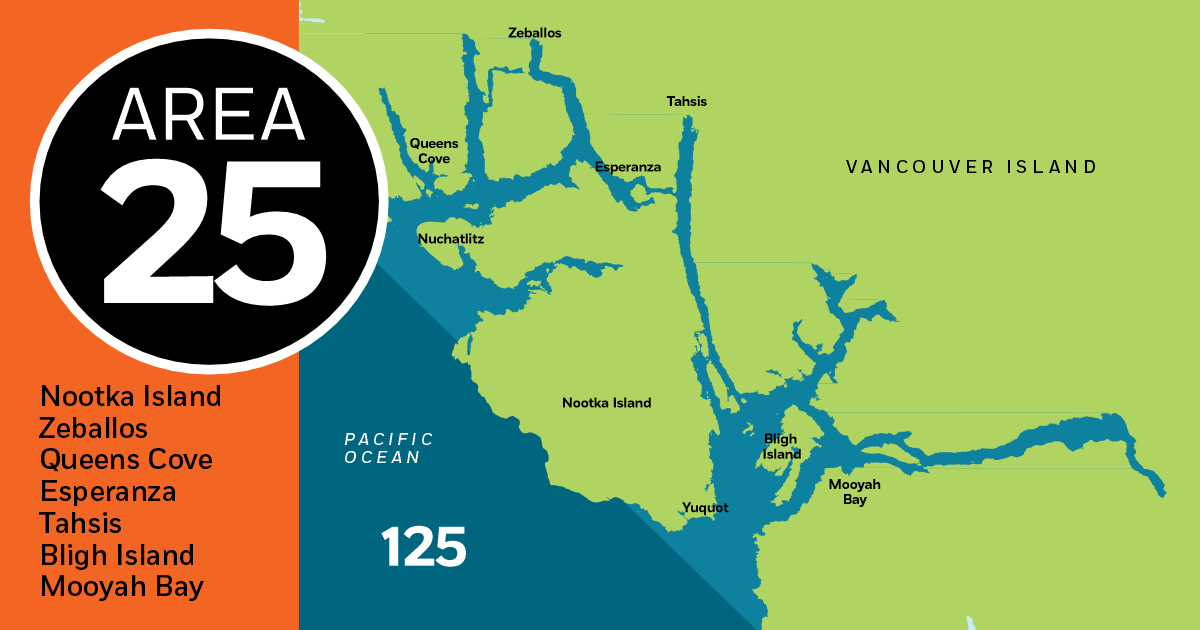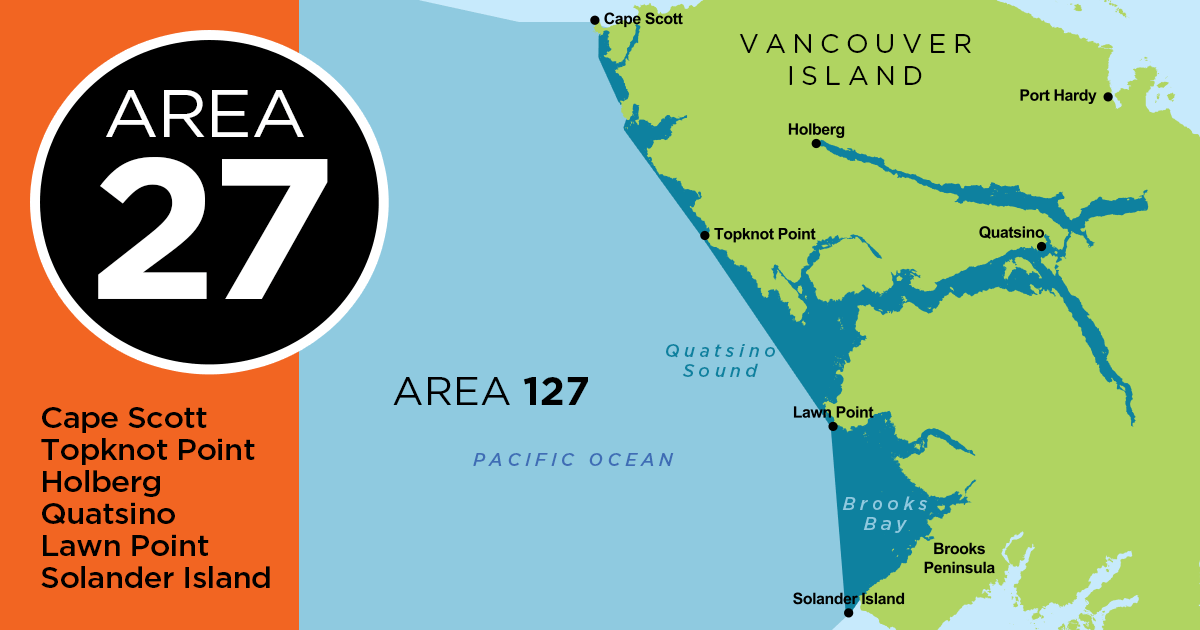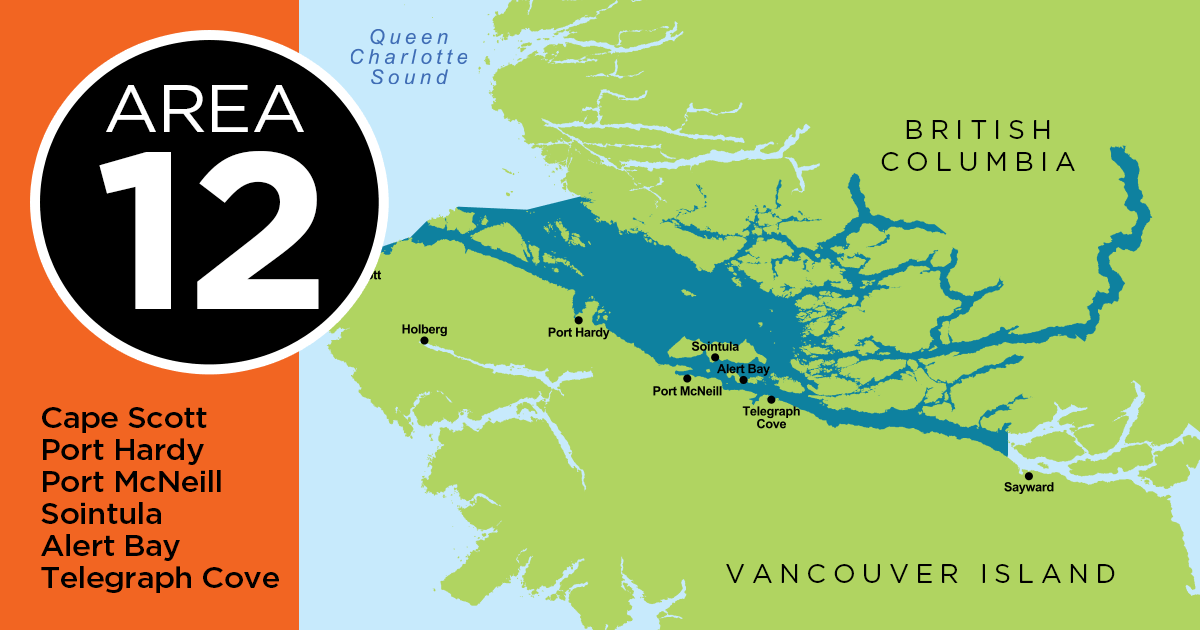
I have been fishing pretty much all of my 63 years, and taught fly fishing for 31 of those years. In that time I have committed and witnessed many mistakes. Below is a list of the most common. Keep them in mind when you next hit the water and you’ll fare better.
1. Too Much False Casting
Many seasoned fly fishers still keep their line in the air too long. Remember, false casting is just a means to an end. False casting is used to quickly extend line and change targets—that’s all. As I continually tell my students, the fish are in the water, not in the air. Lift your line, extend the cast, and get the fly back in the water. False casting too much gets tiring and throws your line motion and shadow over the fish. Both of those things are undesirable. If you have trouble extending line, then I suggest you practice more or get a lesson or two from a good teacher. It will help you immensely.
2. Tying Poor Knots
I have lost fish because of this one. There is nothing quite as disheartening as losing a fish thinking your tippet has broken only to find a little curly-cue at the end of the line when you retrieve it. This mistake is completely avoidable with just a little patience and knot tying practice. Use good terminal knots such as the improved cinch knot or uni knot, and use the surgeon’s knot and loop for all your other monofilament connections.
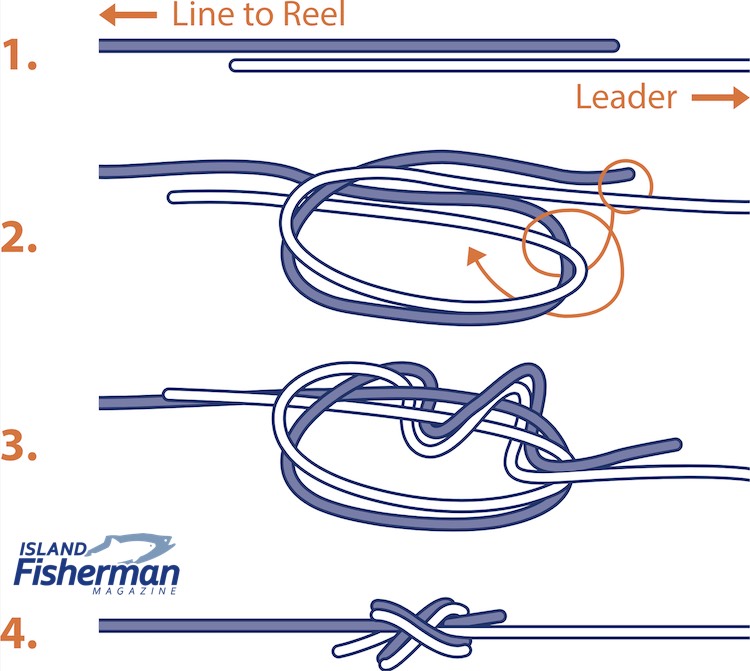
Surgeon’s Knot
3. Fishing the Wrong Areas
An understanding of the aquatic environment and fish needs and preferences helps a great deal in figuring out where are the best places to fish and why they are the best places. River, stream, or lake, the same basic rule applies: Study and get to know your quarry and how they live, where they live, and why they live there. With that knowledge you can assess any given piece of water and increase your chances a great deal. Chucking and chancing works sometimes, but to be consistently successful takes knowledge.
4. Using the Wrong Fly
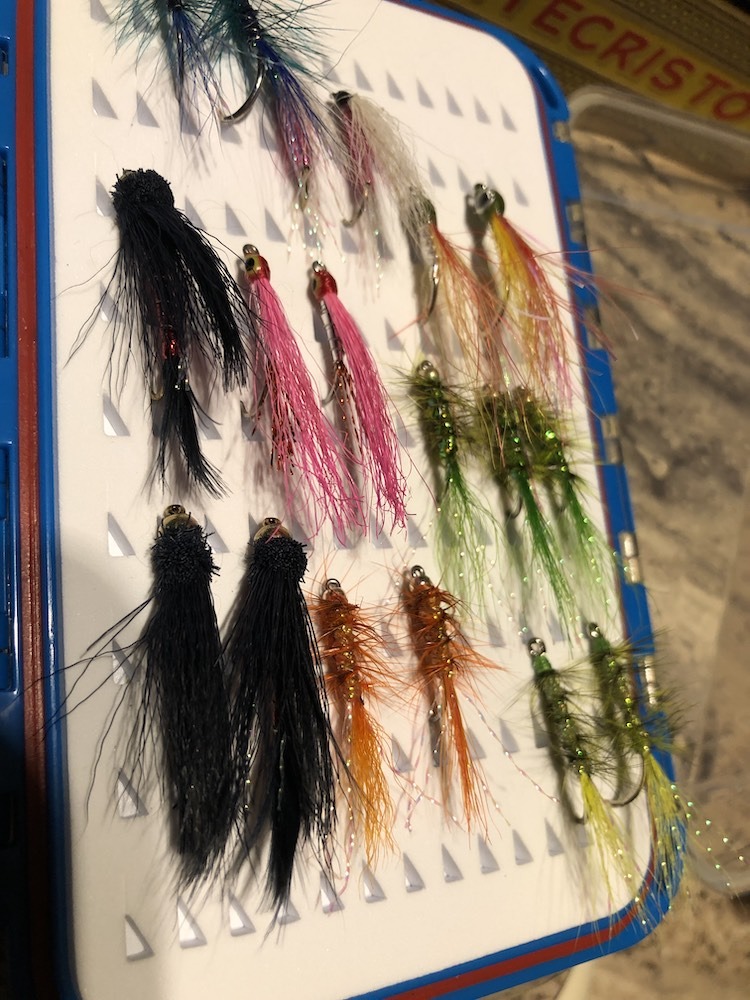
Assortment of Flies
Here again is a basic knowledge mistake. It is critical to know your basic aquatic entomology and to apply that knowledge every time you go fishing. You won’t catch a lot of trout fishing a salmon fly during a caddisfly hatch on a local river. Take the time to learn the basic foodstuff of the fish you pursue, when it is available to the fish, what it looks like, how it moves, and how to imitate it in the water. You don’t have to tie your own flies to come up with imitative patterns. There are so many good shops online that sell flies at such great prices that, even though I tie my own flies, I have ordered some patterns online just because it was cheap and easy. Remember, match the hatch by matching the food’s size, shape, colour, and motion. If you have not been doing this, you are in for a delightful increase in your success rate.
5. Playing the Fish too Long
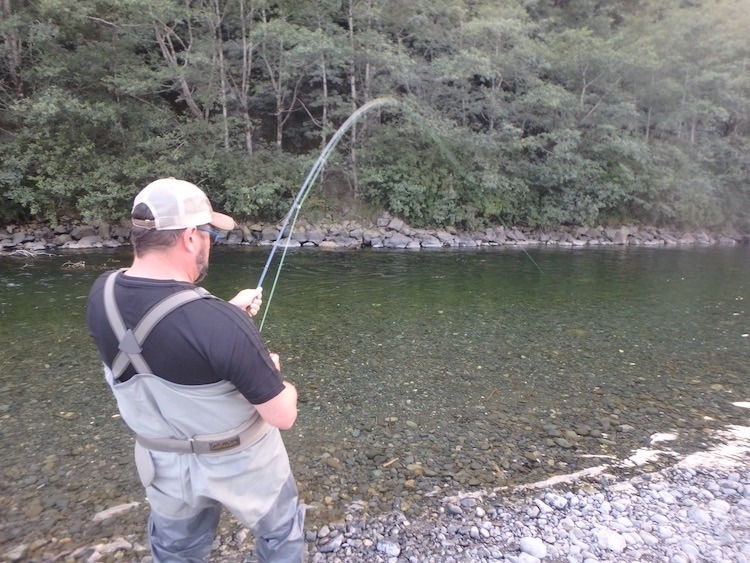
Joel Unickow playing a fish
I am notorious for doing this. I hate forcing a fish. I like to play it out, but if I plan on releasing it, I need to get it in before it exhausts itself so it will have a greater chance of survival. There are some situations where a light hand is sometimes necessary, like playing a pink salmon. They have soft mouths and you can tear the hook out easily if you play it too hard, but as a rule try to get the fish in fairly quickly without reefing it in, especially if you plan on releasing it. Also, playing a fish too long allows the hook to wear loose and can result in more lost fish. There is a happy medium in the amount of time you should play a fish— try to find it.
6. Using the Wrong Line
There are two aspects to using the correct line: balancing the line/system weight to the size of fish you are fishing for and using the correct sink-rated sinking line to get the fly down to the fish without catching the bottom excessively.
Big fish require heavier fly systems. All fly systems are balanced for rod weight and line weight. Using 8-weight systems fishing for 10-inch brookies is serious overkill, and you will hardly feel the fish. On the other hand, using a 3-weight system to fish for coho won’t work at all; you will either run out of line rather quickly or break the rod in an effort to slow the fish down.
When fishing subsurface flies, you must get your fly to the fish and try to keep it there. Figure out the depth of the water you are going to be fishing and the speed of the current if you are fishing moving water, and then research the various sinking line sink rates. Use the one that will best get your fly to the fish for the longest period of time under those given conditions.
7. Casting too Far
Many people cast a long line rather than moving closer to the fish for fear of spooking them. Casting too far, though, results in a lot of line on the water and so drag becomes a serious problem, as does your reaction time in setting the hook. With a lot of line on the water, there is a lot of line and current between you and the fish. You have to manage the drag, and too much line can end up being unmanageable: You just can’t mend all that line. Also, all that line has to be picked up, along with the slack, if you try to set the hook. The longer the line, the slower the hook set because of the slack. The rule is to move closer when you can. Again, practice will give you a better idea of the happy middle ground.
8. Using the Wrong Leader/Tippet Sizes and Combination

Guide Spool Tippets
This is a mistake many lazy (or cheap) fly fishers make. Your leader and tippet system is optimally designed to taper from the same stiffness and diameter as your fly line tip down to your fly while still being stiff enough to roll your cast over and present the fly first. If you use monofilament of a single diameter it is either going to be too stiff and the fly won’t “swim” or float natu rally, or it will be too supple and your fly will end up catching the monofilament because the casting loop cannot be maintained as the cast rolls out. There are some exceptions to this, but as a rule you should taper your system down from the fly line tip to an X-diameter that matches the size of fly you are going to use. This is called the rule of thirds, and it goes like this: fly size/3=X-designation of the tippet. (Example: #12 fly/3=4X tippet.)
9. Poor Casting
There is really no good excuse for poor casting once you’re past the beginner stage. Learn to cast. Get a lesson or two. The resulting increased success and reduced frustration will more than justify the cost. Heck, call me or email me and I’ll teach you if need be.

10. Goo on Your Fly
Fish can smell. Make sure you tie your fly on before you eat citrus or wipe on bug dope or sunscreen. It makes a difference. And remember: Bug dope and sunscreen literally eat vinyl. Your expensive fly line is vinyl—you have been warned.
There are many more mistakes people make on the water, but these ten are very common and often complained about. Read, learn, and put that knowledge into practice. That is the best remedy for all of them.
This article appeared in Island Fisherman Magazine. Never miss another issue—subscribe today!
Visit the Store
$34.99
$34.99
Featured Catch
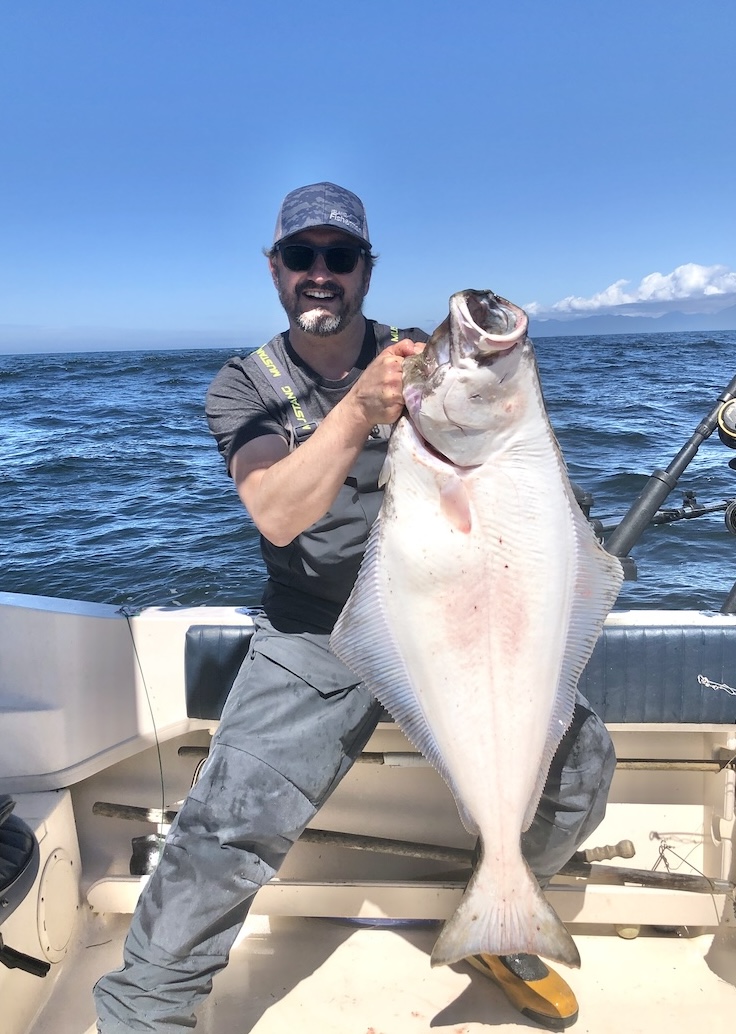
Joel Unickow halibut (Photo: Rob Frawley Lucky Strike Sportfishing Tofino)

